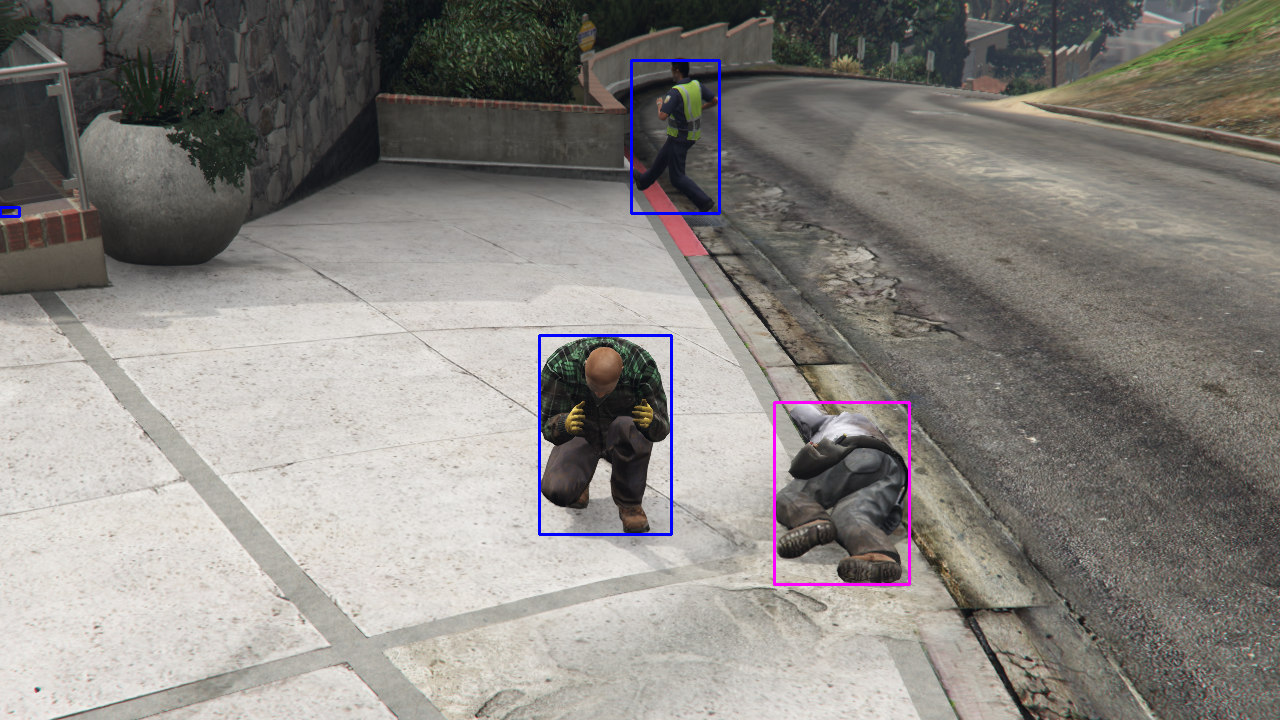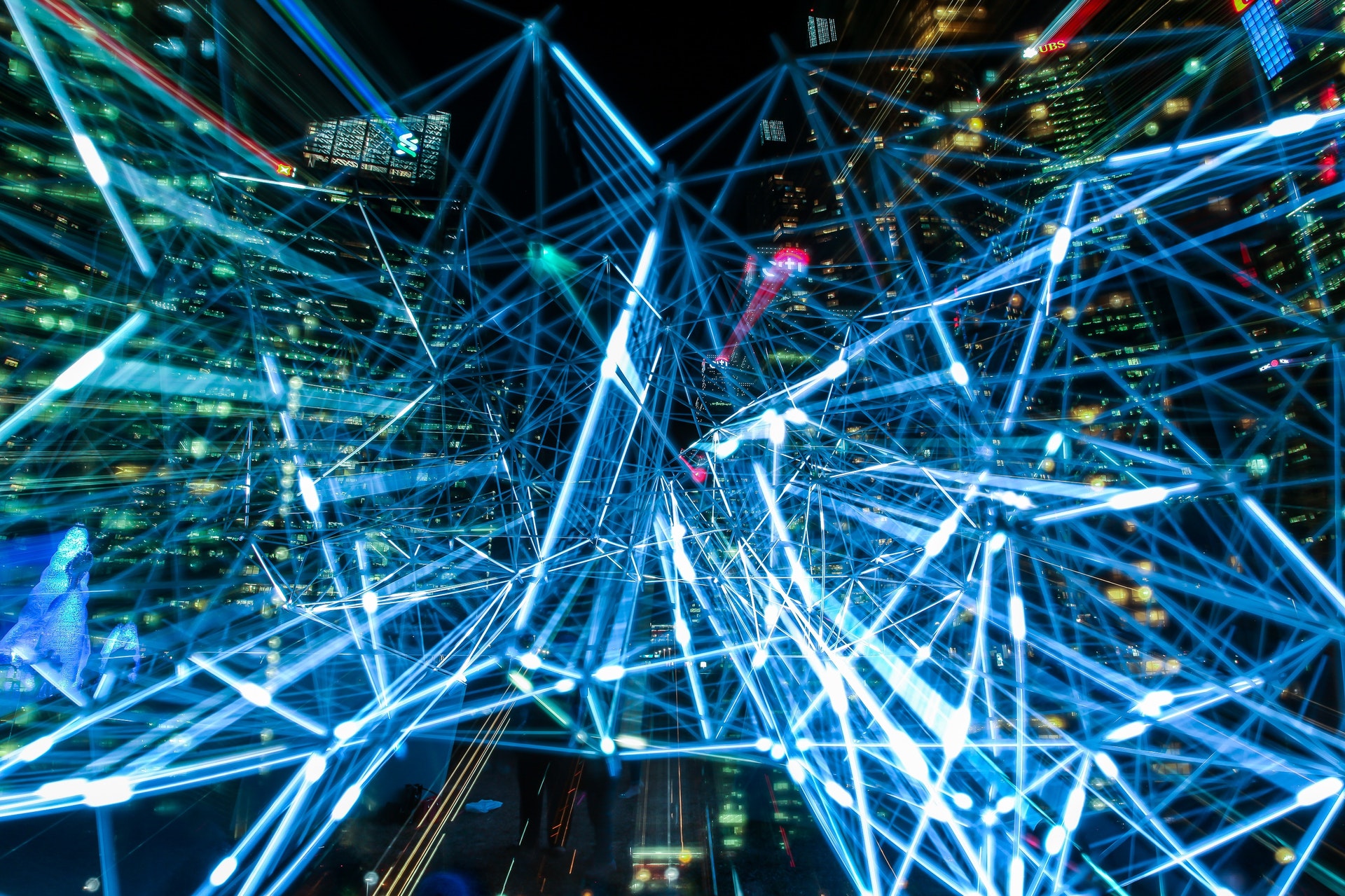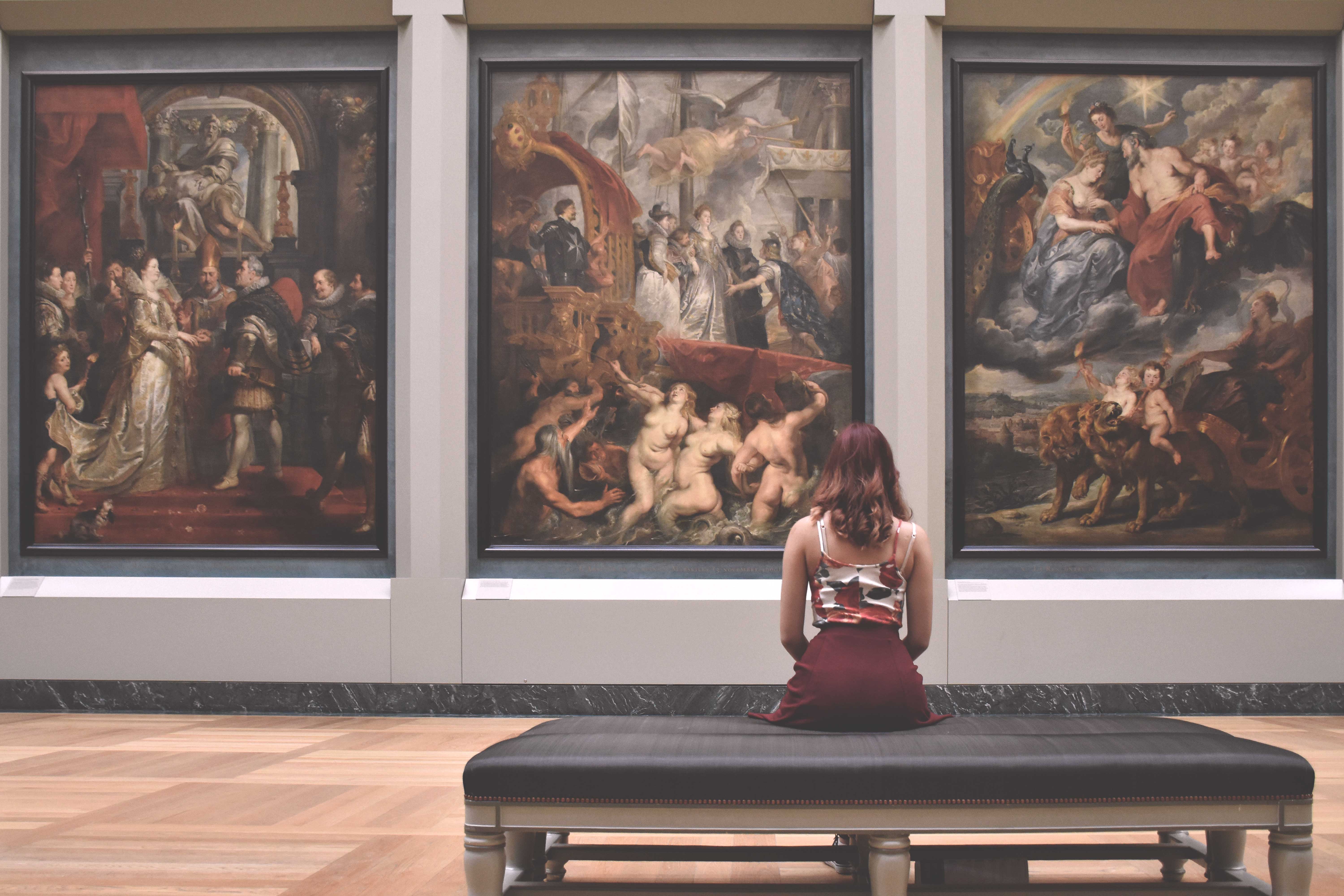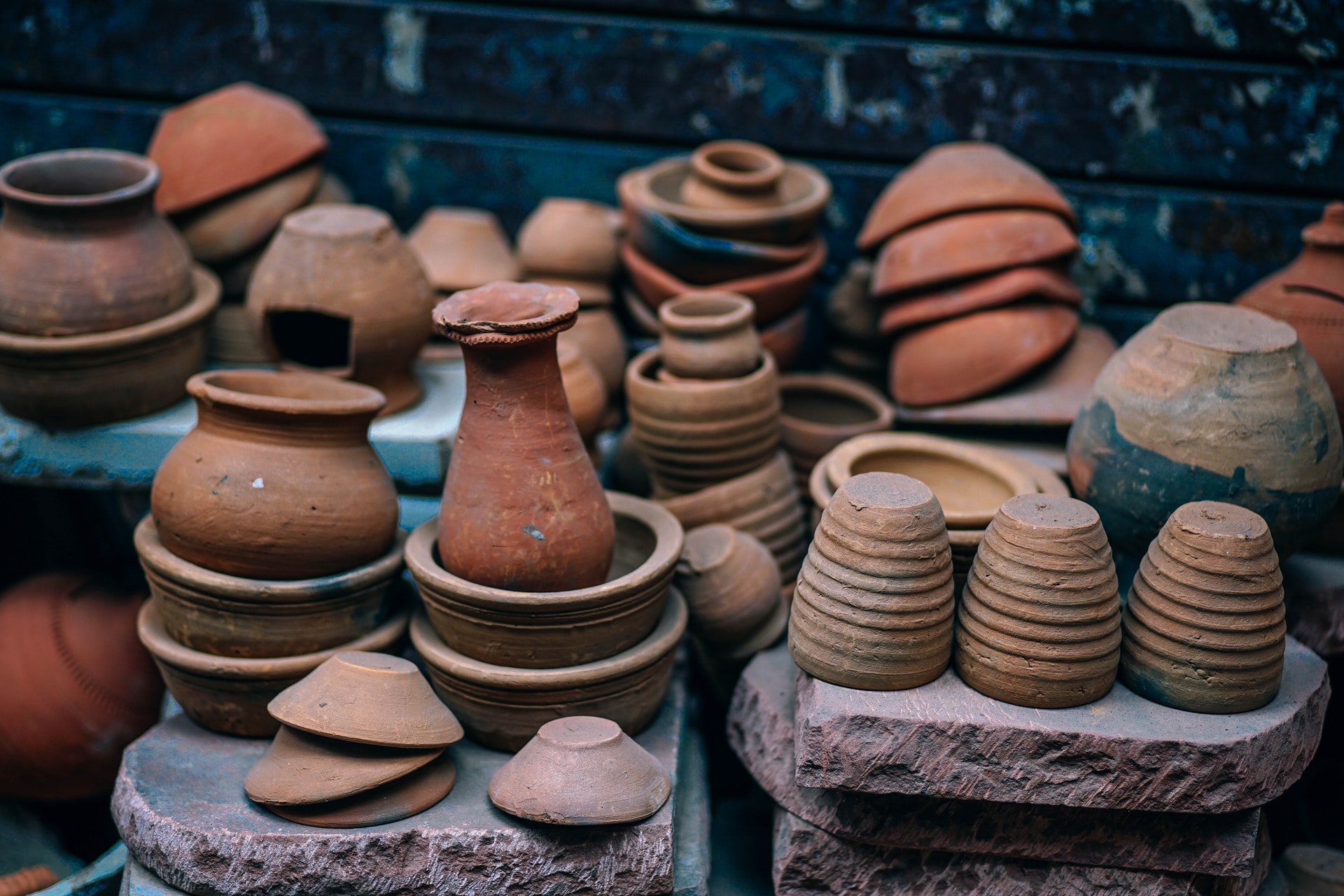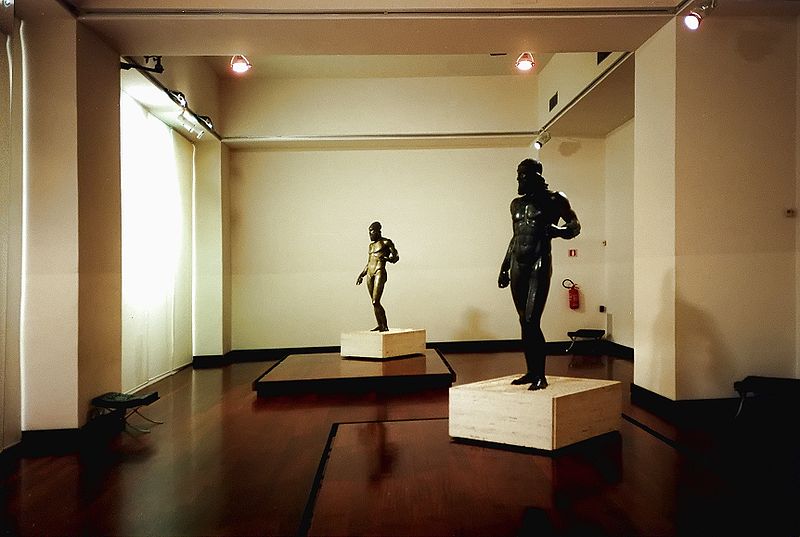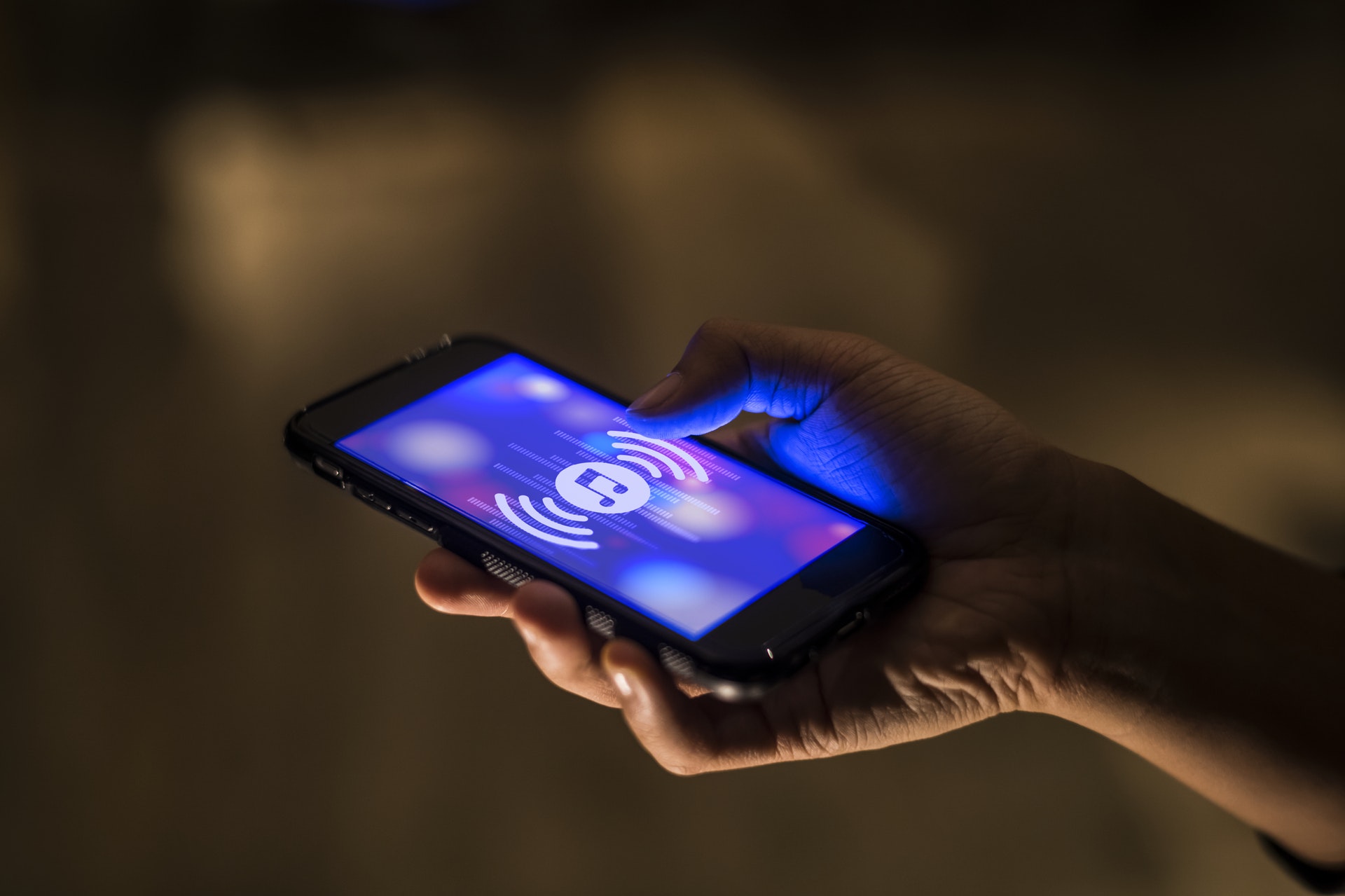Among the targets of Visual Engines are applied research, the development of technologies for image research and the recognition of objects in images, and their application for the development, engineering and marketing of software products and services.
Visual Engines has an agreement protocol with ISTI-CNR to carry out research activities in the context of projects on Visual Information Retrieval field. The collaboration aims to increase the technology transfer from the CNR to the companies.
At present Visual Engines participates in the following projects:
SYMBIONT
The SYmbIONT project, acronym for Synthetic Images Of Neural neTworks, has defined and implemented a prototype system for creating artificial images of various kinds, using Virtual Reality development environments, for training neural networks to recognize objects, events, real life situations. The application scenarios of the system most requested by the market and Proof of Concept to be proposed to potential customers have also been evaluated, among these certainly Safety and Security, both for the public road and for transport, than at work.
VISECH
The project will advance the state of the art on visual analysis for the automatic extraction of information that allows automatic description, recognition, classification, searching, and augmented reality. The developed techniques will be applied in the context of cultural heritage. The project aims to meet on one hand the problem of scalability and efficiency, and on the other the problem of accuracy of the information recognized and extracted from the images. The developed techniques for recognition and localization will be scalable and efficient in order to be suitable for huge datasets of recognizable images or objects even directly on mobile devices.
VIDEMO
VIDEMO will advance the state of the art on visual analysis for the automatic extraction of information that allows search by similarity, classification and recognition and detection of objects and faces. The project will focus on the following research areas: extraction of deep features from artificial neural networks; efficient, effective and scalable particular object and face retrieval; effective navigation of images guided by visual content. The technologies to be analyzed and developed within the project will be based on deep learning. Thus the research will focus on machine learning and, in particular, representation learning methods based on multiple and hierarchical representation (deep learning).
DREAM
From metric survey to multimedia use
Innovation project co-funded by the Tuscany Region (POR FESR 2014-2020), which develops tools and services for the conservation, restoration and enhancement of Cultural Heritage introducing strong innovations in the acquisition, management and use of photographs of artworks and information related to them.
The two-phase project involves the development of:
- an HW / SW tool that can be used by photographers and museum operators to obtain metric images in high definition and dense clouds of 3D points of the work surface.
- services that can be used in Augmented Reality (RA) through the use of smartphones, tablets, and smart glasses, with which, by observing a painting, additional informations will be automatically visible, in perfect overlap with the work (eg high-definition details and descriptive sheets of various kinds).
Partners of the project are: Inera srl (leader), Culturanuova srl, PIN scrl and Connectis srl.
Inera deals with the management and multimedia fruition functions in Augmented Reality (RA). Specifically, Inera, with the support of the subsidiary Visual Engines, is implementing a system for the creation of multi-target visual markers. On each marker image there are areas of evidence, hotspot, to which additional multimedia contents are associated, to be used in Augmented Reality.
ARCHAIDE
ArchAIDE, or Archaeological Automatic Identification and Documentation of cEramics, is a research project funded by the European Union’s Horizon 2020 research and innovation programme.
It aims to create a new system for the automatic recognition of archaeological pottery from excavations around the world.
Over the next three years, the ArchAIDE project will develop a new app that aims to change the global practice of archaeology, thanks to the latest automatic image recognition technology.
Visual Engines provides support to INERA Company which partecipates to project directly.
AMUSE
AMUSE, or Augmented museums, is an R&D project for the creation of a service to support exhibition curators, or museum managers, to create and distribute in a simple way “app” for smartphones able to guide their visitors according to models of fruition in Augmented, Virtual and Mixed Reality.
Visual Engines works with Komedia and INERA, main project partners, on implementing Augmented Reality tools.
OpeRA
Visual Engines has collaborated on the project OpeRA – Opera and Augmented Reality as a consultant to Space. In particular, Visual Engines’ activity consisted in the theoretical analysis and systematization of the major models of popularization of musical and dramaturgical structures, in the definition of libraries of dynamic graphic artifacts useful for the visualization of musical and dramaturgical information.
Visual Engines has furthermore collaborated on the creation of modules dedicated to the explanatory commentary on the musical and dramaturgical aspects of the melodrama within the general application architecture of the OpeRA system. In the project, an app was created which can be accessed using wearable devices of augmented reality displays.

